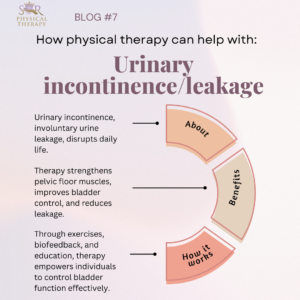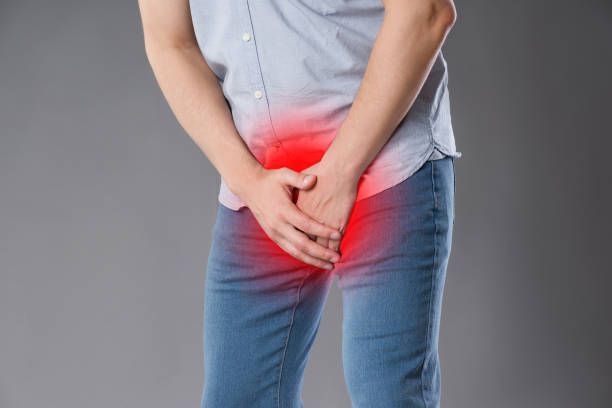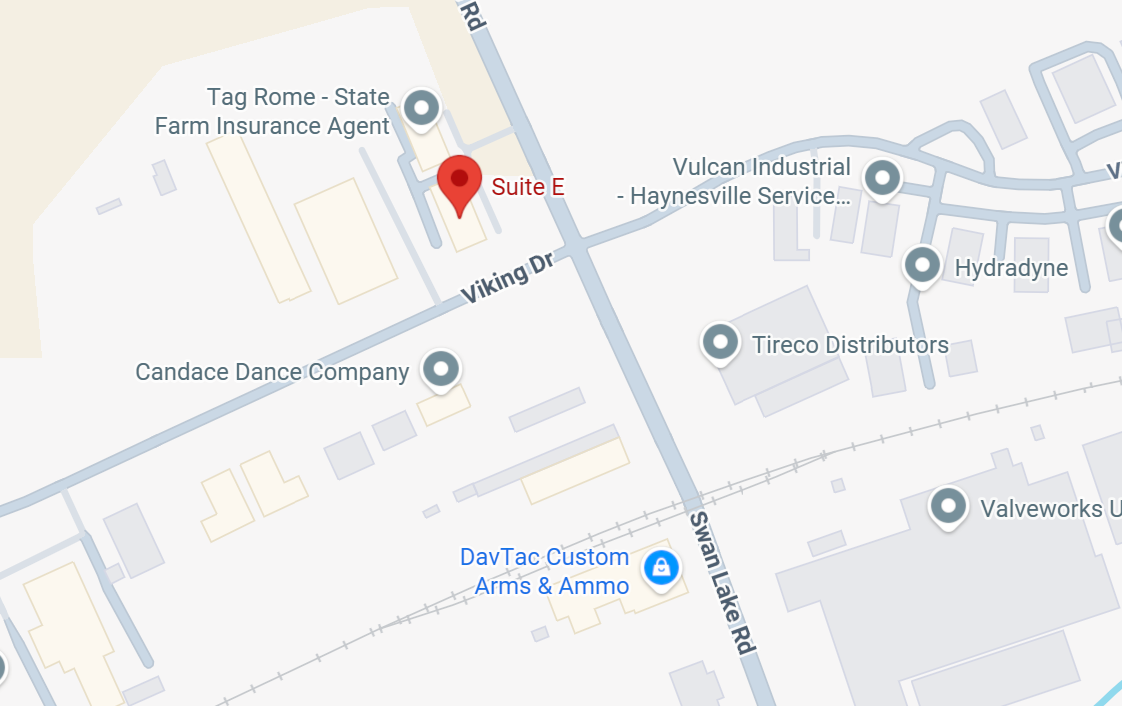How Physical Therapy Can Help With: Urinary Incontinence/Leakage

Urinary incontinence, or the involuntary leakage of urine, can significantly impact daily life and lead to embarrassment and discomfort. Physical therapy offers effective strategies to manage and alleviate urinary incontinence, promoting bladder control and enhancing quality of life.
One approach used in physical therapy for urinary incontinence is pelvic floor muscle training. The pelvic floor muscles play a crucial role in supporting the bladder and controlling urine flow. Through targeted exercises and techniques, individuals can strengthen these muscles, improve their coordination, and enhance bladder control.
In addition to muscle strengthening, physical therapists may employ biofeedback and electrical stimulation to enhance pelvic floor muscle function. Biofeedback allows individuals to monitor and learn how to properly contract and relax their pelvic floor muscles, optimizing their ability to control urinary leakage. Electrical stimulation can help retrain the muscles and improve their responsiveness, aiding in the management of urinary incontinence.
Moreover, physical therapists provide education on bladder habits and toileting techniques to optimize bladder function and reduce leakage episodes. They may offer guidance on fluid intake, bathroom schedules, and techniques to minimize urgency and frequency of urination.
Additionally, lifestyle modifications and behavioral strategies are incorporated into physical therapy for urinary incontinence. Therapists may recommend dietary changes, weight management, and pelvic floor muscle relaxation techniques to alleviate symptoms and improve bladder control.
By addressing pelvic floor dysfunction, providing education and support, and implementing lifestyle modifications, physical therapy empowers individuals to manage urinary incontinence effectively. Through personalized treatment plans and ongoing guidance, individuals can experience reduced leakage episodes, improved bladder control, and enhanced quality of life.
Be Pain-Free. Feel Like Yourself Again.
Whether it's leakage, discomfort, or tension, healing is possible, and it starts with one appointment.
READ MORE EDUCATIONAL BLOGS




